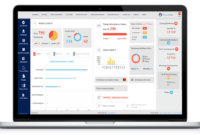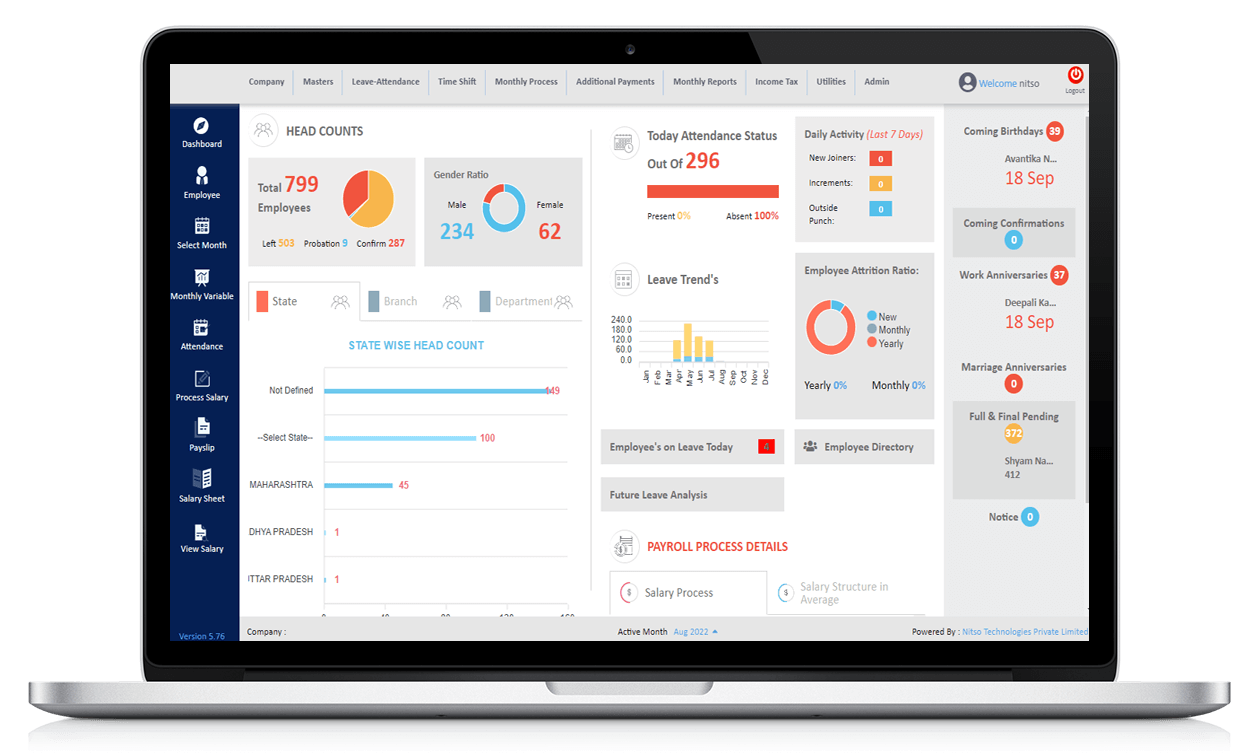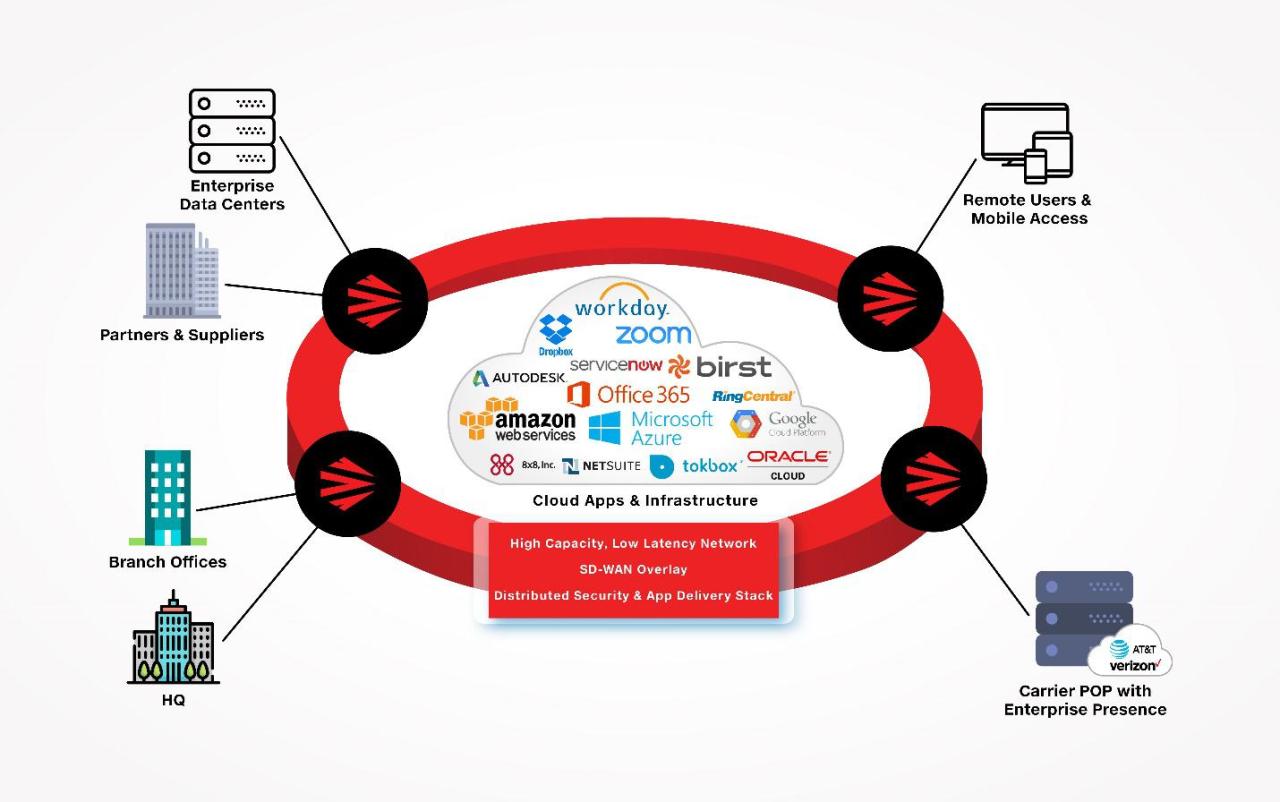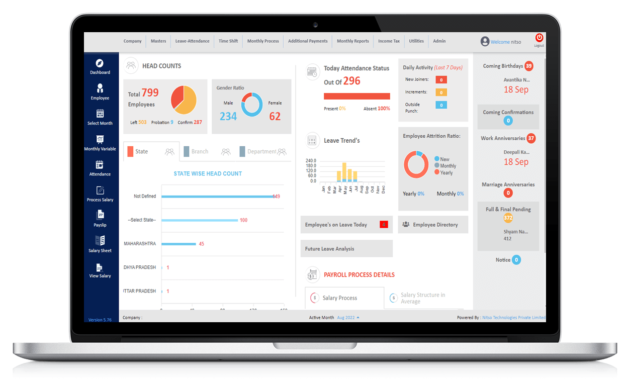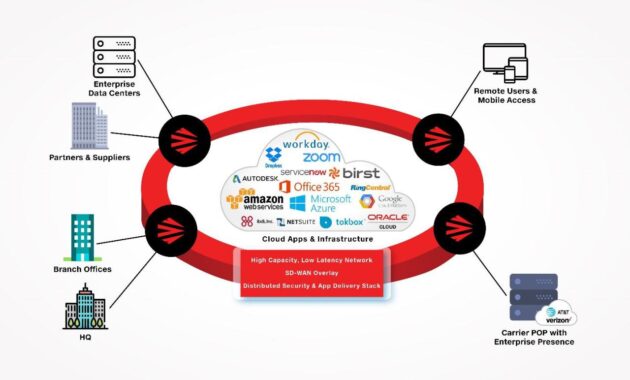Cloud based computing security is a crucial aspect of modern technology, ensuring that sensitive data remains protected in the expansive digital landscape. As more businesses transition to cloud services, the importance of robust security measures becomes even more pronounced, outpacing traditional computing in terms of risk management and threat prevention. Understanding the fundamental principles and components of cloud security is vital for organizations aiming to safeguard their data and maintain compliance with regulations.
With a growing array of threats—from data breaches to sophisticated advanced persistent threats—companies must be vigilant and proactive in their security strategies. This involves not only implementing effective security measures such as encryption and access controls but also staying informed about compliance frameworks and best practices. An engaging exploration of these topics reveals just how essential cloud based computing security is in today’s tech-driven world.
Introduction to Cloud-Based Computing Security
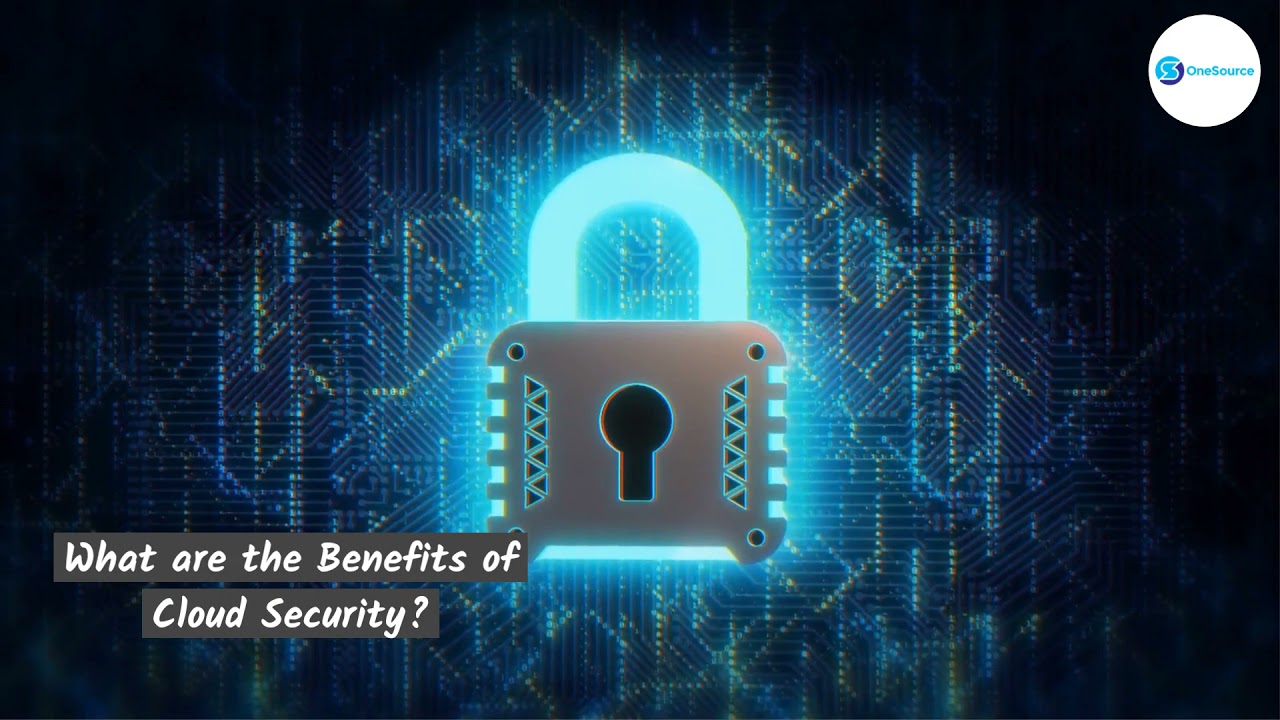
Cloud-based computing security refers to the set of policies, technologies, and controls designed to protect data, applications, and services hosted in the cloud. As organizations increasingly migrate their operations to cloud environments, they face unique security challenges that differ significantly from traditional computing models. Understanding these principles is essential for ensuring the integrity and confidentiality of sensitive information.The importance of security in cloud environments cannot be overstated.
Unlike traditional on-premises systems, where organizations retain physical control over their hardware and data, cloud computing often involves third-party service providers. This transition introduces additional vulnerabilities, such as shared resources, data breaches, and compliance challenges. Hence, organizations must adopt robust cloud security measures to safeguard their assets, protect customer information, and maintain compliance with regulatory requirements.
Fundamental Principles of Cloud Security
A comprehensive cloud security strategy is grounded in several core principles that guide its implementation and effectiveness. These principles include:
- Data Protection: Ensuring that sensitive data is encrypted both at rest and in transit to prevent unauthorized access.
- Identity and Access Management (IAM): Implementing strict access controls by managing user identities and permissions effectively.
- Compliance and Governance: Adhering to regulatory frameworks and internal policies to manage risk and meet legal obligations.
- Threat Detection and Response: Proactively monitoring for potential threats and having response protocols in place to mitigate incidents swiftly.
These principles serve as a foundation for organizations to build their cloud security frameworks, enabling them to respond to the dynamic threat landscape effectively.
Key Components of Cloud Security Measures
To implement effective cloud security, several key components must be established. These components work synergistically to create a robust security posture within cloud environments. The essential elements include:
- Encryption: Protecting data through encryption methodologies ensures that even if data is intercepted, it remains unreadable without the proper keys.
- Firewalls and Intrusion Detection Systems: Utilizing cloud-native firewalls and IDS to monitor and control incoming and outgoing network traffic based on predetermined security rules.
- Backup and Disaster Recovery: Establishing comprehensive backup solutions and disaster recovery plans to ensure business continuity in the event of an incident.
- Security Information and Event Management (SIEM): Implementing SIEM solutions to collect and analyze security data in real-time, enabling rapid identification of security threats.
Integrating these components helps organizations to mitigate risks, respond to security incidents effectively, and maintain trust with clients and stakeholders.
“The security of cloud computing is not merely a technical issue but a comprehensive approach involving people, processes, and technology.”
Types of Cloud Security Threats
As cloud computing continues to gain traction in both personal and business environments, it has become increasingly susceptible to various security threats. Understanding these threats is crucial for any organization relying on cloud services. With the growing reliance on cloud infrastructure, knowing the potential risks involved helps in crafting effective strategies for mitigation.Cloud security threats can take many forms, from data breaches and account hijacking to more advanced persistent threats (APTs).
Each of these threats has unique implications for users and organizations, often leading to severe financial and reputational damage. Recognizing these various threats is the first step in developing a robust security framework.
Data Breaches and Account Hijacking
Data breaches are among the most prevalent threats to cloud security. A data breach occurs when unauthorized individuals gain access to sensitive data, either through hacking or other means. This can lead to the exposure of personal, financial, or proprietary information, severely compromising user privacy and organizational integrity. Account hijacking is another significant concern, where attackers exploit weak credentials or security vulnerabilities to gain control over user accounts.
This can result in unauthorized access to sensitive data and services, leading to financial loss and operational disruption. The importance of strong authentication mechanisms cannot be overstated in preventing such incidents.
Advanced Persistent Threats (APTs)
Advanced Persistent Threats (APTs) represent a sophisticated level of cyber attack, characterized by an extended and targeted approach. APTs typically involve a multi-phase strategy where attackers infiltrate the network, remain undetected for a prolonged period, and gather sensitive information over time. These threats can severely affect cloud security as they often target businesses with valuable data stored in the cloud.
The implications of APTs include long-term data theft, financial losses, and potential legal repercussions. Organizations must implement strong security measures, including continuous monitoring, to detect and mitigate these threats before they cause significant harm.
Recent High-Profile Security Incidents
Several high-profile security incidents have highlighted the vulnerabilities of cloud environments in recent years. For instance, in 2021, a major cloud service provider experienced a data breach that exposed the personal information of millions of users. This incident underscored the importance of robust security protocols and regular audits within cloud services.Another notable example involves a ransomware attack on a cloud-based file storage service, where attackers locked users out of their files until a ransom was paid.
Such incidents emphasize the critical need for backup systems and disaster recovery plans to thwart the potentially devastating effects of ransomware.In conclusion, the landscape of cloud security threats is constantly evolving, requiring vigilant attention and proactive measures. Organizations must remain aware of these threats and implement comprehensive security strategies to safeguard their cloud environments effectively.
Security Measures for Cloud Computing
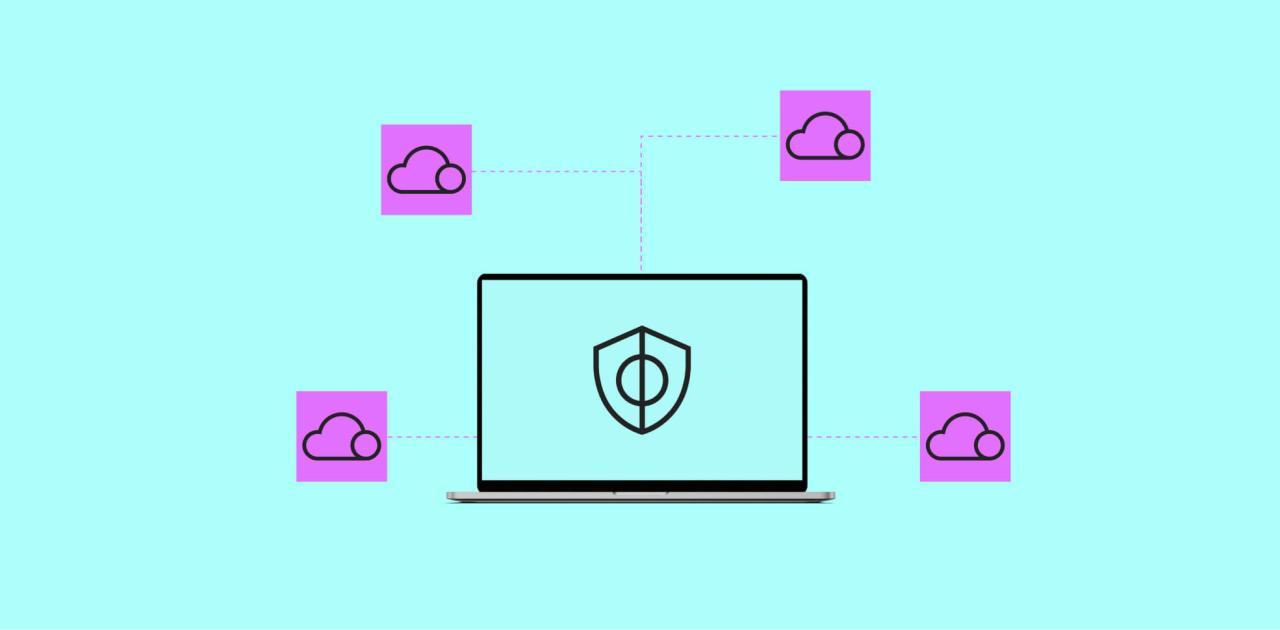
In today’s digital landscape, securing cloud computing environments is paramount as organizations increasingly migrate their sensitive data and applications to the cloud. Implementing robust security measures is critical to safeguarding against potential threats and ensuring compliance with regulatory standards. This section delves into key security measures, focusing on encryption techniques, access control methods, and a comparative analysis of available security solutions.
Encryption Techniques for Data Security
Encryption is a foundational element in protecting data in the cloud. It provides a means to encode information, making it unreadable to unauthorized users. Various encryption techniques are utilized to ensure that data remains confidential, even if intercepted. Common encryption methods include:
AES (Advanced Encryption Standard)
A symmetric encryption algorithm widely used for securing data at rest and in transit. AES-256 is particularly favored for its balance of security and performance.
RSA (Rivest-Shamir-Adleman)
An asymmetric encryption algorithm primarily used for secure data transmission, ensuring that only intended recipients can decrypt messages.
TLS (Transport Layer Security)
A protocol that encrypts data sent over networks, protecting it from eavesdropping during transmission.
Hashing
While not encryption in the traditional sense, hashing algorithms (like SHA-256) are used to verify the integrity of data without revealing the original content.
Data encryption is crucial for maintaining confidentiality and integrity in cloud environments.
Access Control Methods for Cloud Resources
Access control mechanisms are essential for managing who can access cloud resources and what actions they can perform. Effective access control limits exposure to sensitive data and reduces the risk of unauthorized access.The following methods are commonly employed:
Role-Based Access Control (RBAC)
Assigns permissions based on user roles, ensuring users have access only to the resources necessary for their job functions.
Attribute-Based Access Control (ABAC)
Uses attributes (such as user characteristics, resource types, and environmental conditions) to determine access rights, allowing for more granular control.
Multi-Factor Authentication (MFA)
Adds an extra layer of security by requiring multiple forms of verification before granting access, such as a combination of passwords, biometric scans, or hardware tokens.
Identity and Access Management (IAM)
Centralizes user identity management and enforces access policies, providing a comprehensive solution for managing user permissions across cloud services.
Comparative Analysis of Cloud Security Solutions
When selecting cloud security solutions, organizations should assess various options based on their specific needs. Below is a table comparing notable cloud security solutions available in the market.
| Solution | Type | Main Features | Best For |
|---|---|---|---|
| McAfee Cloud Security | Data Protection | Data loss prevention, encryption, compliance | Organizations seeking comprehensive data security |
| AWS CloudTrail | Monitoring | Logging API calls, resource tracking | AWS users needing detailed activity logs |
| Microsoft Azure Security Center | Threat Protection | Security posture management, threat protection | Organizations utilizing Azure services |
| Cisco Cloudlock | Cloud Access Security Broker (CASB) | Data security, threat detection, compliance | Companies using multiple cloud services |
Choosing the right cloud security solution is essential for efficient risk management and data protection.
Compliance and Regulatory Requirements
In the realm of cloud-based computing, compliance and regulatory requirements play a pivotal role in ensuring security and trust. Organizations utilizing cloud services must adhere to specific frameworks designed to protect sensitive data and maintain privacy. Understanding these regulations is crucial for businesses to avoid penalties and build customer confidence.Compliance frameworks significantly shape cloud security protocols. Key regulations such as the General Data Protection Regulation (GDPR) and the Health Insurance Portability and Accountability Act (HIPAA) impose strict guidelines on data handling and protection practices.
Compliance with these regulations not only minimizes risks but also enhances an organization’s reputation.
Major Compliance Frameworks Impacting Cloud Security
Several compliance frameworks govern how businesses manage data in cloud environments. The following frameworks are crucial in establishing security measures:
- GDPR: A comprehensive data protection regulation in the EU, GDPR mandates strict consent standards and data management practices for organizations handling personal information of EU citizens. Non-compliance can result in hefty fines up to €20 million or 4% of annual global turnover, whichever is higher.
- HIPAA: This U.S. regulation sets the standard for protecting sensitive patient information. Covered entities must implement specific administrative, physical, and technical safeguards to ensure the confidentiality, integrity, and security of health information.
- PCI DSS: The Payment Card Industry Data Security Standard is essential for organizations handling credit card transactions. It Artikels requirements for securing card data to prevent data breaches and fraud.
- ISO/IEC 27001: This international standard provides a framework for establishing, implementing, maintaining, and continually improving an information security management system (ISMS). It helps organizations manage the security of assets such as financial information, intellectual property, and employee details.
The Role of Audits and Assessments in Maintaining Compliance
Regular audits and assessments are integral to ensuring compliance with cloud security regulations. These evaluations help organizations identify vulnerabilities and confirm adherence to established standards. Implementing an effective audit strategy offers several benefits:
- Identifying Gaps: Frequent audits can uncover compliance gaps, allowing organizations to address these issues proactively and mitigate risks.
- Enhancing Security Posture: Assessments provide insights into security weaknesses, enabling organizations to strengthen their overall security posture.
- Building Trust: Regular audits reassure clients and stakeholders that the organization is committed to maintaining compliance and protecting data.
Implications of Non-Compliance for Businesses
Failure to comply with relevant regulations can have severe repercussions for businesses utilizing cloud services. These implications can encompass financial, legal, and reputational damage.
- Financial Penalties: Non-compliance can result in significant fines and penalties, severely impacting an organization’s financial health.
- Legal Repercussions: Organizations may face lawsuits and legal actions from affected individuals or regulatory bodies.
- Loss of Reputation: Breaches of compliance can erode customer trust, leading to a loss of business and brand credibility.
Investing in compliance not only protects against penalties but also fosters customer loyalty and trust in your organization.
Best Practices for Cloud Security
Adopting best practices for cloud security is essential for organizations looking to protect their sensitive data and ensure compliance with regulatory standards. A robust cloud security policy not only mitigates risks but also fosters trust among customers and stakeholders. By following established guidelines and regularly evaluating security measures, businesses can effectively manage vulnerabilities inherent in cloud environments.Implementing a comprehensive cloud security policy begins with understanding the specific needs of your organization.
This includes defining user access levels, encrypting sensitive data, and employing multi-factor authentication. Additionally, it is crucial to maintain an active monitoring system to detect and respond to threats in real-time. Regular training for employees regarding security protocols is also vital, as human errors often lead to security breaches.
Strategies for Implementing a Cloud Security Policy
A well-structured cloud security policy includes a combination of technical and administrative measures. Here are key strategies to consider:
- Establish clear access controls: Define who has access to specific data and applications, ensuring that permissions align with job responsibilities.
- Utilize encryption: Encrypt data both at rest and in transit to protect against unauthorized access during storage and transmission.
- Implement network security measures: Use firewalls, intrusion detection systems, and secure VPNs to protect data as it moves across networks.
- Set up regular audits: Conduct periodic reviews of cloud security configurations and access logs to identify potential vulnerabilities.
- Develop an incident response plan: Create a documented procedure for addressing security breaches, ensuring quick and effective responses to incidents.
Each of these strategies contributes to a layered security approach that strengthens overall cloud security posture.
Conducting Regular Security Assessments
Regular security assessments are crucial to maintain a proactive stance against emerging threats. These evaluations help organizations identify vulnerabilities and ensure compliance with industry standards. The process should include:
- Conduct vulnerability scans: Use automated tools to regularly scan cloud environments for security weaknesses.
- Perform penetration testing: Simulate cyber-attacks on your cloud infrastructure to evaluate its defenses and identify areas for improvement.
- Review security policies: Ensure that security policies are up-to-date and aligned with current best practices and regulatory requirements.
- Engage third-party audits: Consider hiring external security experts to provide an objective assessment of your cloud security measures.
These assessments enable organizations to adapt to changing threat landscapes and reinforce their defense strategies.
Checklist of Best Practices for Cloud Migration
Before migrating to the cloud, organizations should adhere to a checklist of best practices to ensure a smooth and secure transition. Following these steps minimizes risks associated with cloud adoption:
- Conduct a risk assessment: Identify potential risks involved in migrating data and applications to the cloud.
- Choose the right cloud service provider: Evaluate providers based on their security measures, compliance certifications, and reputation in the industry.
- Plan for data migration: Develop a comprehensive strategy for moving data, including timelines and necessary resources.
- Ensure data backup: Create secure backups of critical data before migration to prevent loss during the transition.
- Test and validate: After migration, thoroughly test applications and services in the cloud environment to confirm they function correctly and securely.
By following these best practices, organizations can effectively navigate the complexities of cloud migration while safeguarding their information assets.
Future Trends in Cloud Security

As cloud computing continues to evolve, so does the landscape of security that surrounds it. The future of cloud security is poised to be significantly shaped by emerging technologies and advanced methodologies. The integration of these innovations will not only enhance the security measures in place but will also redefine how organizations approach cloud security.The rise of artificial intelligence (AI) and machine learning (ML) is set to revolutionize cloud security.
These technologies can analyze vast amounts of data quickly and identify patterns or anomalies that may indicate security threats. By leveraging AI and ML, organizations can enhance their cloud security measures, making them more proactive rather than reactive. This shift from traditional security practices to dynamic security protocols empowers organizations to anticipate and mitigate potential threats before they escalate into serious breaches.
Impact of Artificial Intelligence and Machine Learning on Cloud Security Measures
AI and ML are increasingly being integrated into cloud security protocols to improve threat detection and response times. Their ability to process and analyze data at unprecedented speeds allows for real-time monitoring of cloud environments. This capability is crucial as cyber threats become more sophisticated and frequent. Key advantages of using AI and ML in cloud security include:
- Automated Threat Detection: AI algorithms can identify unusual behavior patterns that may signify a breach, enabling quicker responses.
- Predictive Analytics: By analyzing historical data, these technologies can predict potential security flaws and vulnerabilities before they are exploited.
- Enhanced User Authentication: AI can improve identity verification processes by analyzing user behavior, making it harder for unauthorized users to gain access.
- Resource Optimization: Machine learning models can help prioritize security alerts based on their severity, ensuring that security teams focus on the most critical threats.
The integration of AI and ML into cloud security measures is not without its challenges. Issues such as data privacy, the potential for algorithmic bias, and the need for continuous training of models can complicate implementation. Furthermore, organizations must navigate the ethical implications associated with using AI in security frameworks.
Challenges of Growing Cloud Adoption
As cloud adoption accelerates, organizations face a myriad of challenges that can complicate their security posture. With the increasing reliance on cloud services, the attack surface expands, making it essential to address several key issues.The following challenges are significant:
- Data Privacy Concerns: Organizations must ensure compliance with various regulations (such as GDPR or HIPAA) while managing sensitive data in the cloud.
- Multi-Cloud Complexity: Many organizations utilize multiple cloud providers, complicating their security policies and increasing the risk of misconfiguration.
- Insider Threats: As more employees work remotely, managing who has access to what data in the cloud becomes crucial for preventing internal breaches.
- Third-Party Risks: Utilizing third-party applications or services in the cloud can expose organizations to additional vulnerabilities that must be managed.
With these challenges in mind, organizations must adopt a strategic approach to cloud security, ensuring that they stay ahead of emerging threats while effectively managing risks. The future of cloud security will undoubtedly rely on a combination of technological advancements and comprehensive security strategies tailored to meet the evolving landscape.
Incident Response in Cloud Security: Cloud Based Computing Security
In the ever-evolving landscape of cloud computing, effective incident response is critical for maintaining security and trust. Cloud environments present unique challenges that necessitate tailored strategies for detecting, managing, and mitigating security breaches. This section Artikels a comprehensive framework for incident response specifically designed for cloud environments, alongside actionable steps for addressing security breaches and the importance of staff training.
Framework for Incident Response in Cloud Environments
Developing a robust incident response framework tailored to cloud security is essential for efficient management of potential breaches. This framework should encompass several key components:
Preparation
Establish and document incident response policies, procedures, and communication plans, ensuring all stakeholders understand their roles.
Detection and Analysis
Leverage cloud-native tools and third-party solutions to monitor and detect anomalies in real-time, assessing the severity of incidents promptly.
Containment
Implement strategies to limit the impact of a breach, such as isolating affected resources or disabling compromised accounts.
Eradication
Identify the root cause and eliminate the underlying vulnerabilities that facilitated the incident.
Recovery
Restore affected systems and services to normal operations, ensuring data integrity and availability.
Post-Incident Review
Conduct a thorough analysis of the incident to identify lessons learned, leading to improved future responses.
Steps Involved in Responding to a Security Breach in the Cloud
Responding effectively to a security breach in the cloud involves systematic steps that ensure a swift and organized approach. The following stages Artikel a typical response process:
1. Identification
Recognizing a security incident through alerts, logs, or reports.
2. Assessment
Evaluating the scope and impact of the incident, including affected systems and data.
3. Notification
Communicating with relevant stakeholders, including legal and compliance teams, as well as customers if necessary.
4. Containment
Taking immediate action to prevent further damage, such as disabling affected services or accounts.
5. Eradication
Removing the cause of the breach and applying necessary patches or updates.
6. Recovery
Restoring systems and data from backups, ensuring thorough testing before reintroducing them to the operational environment.
7. Documentation
Maintaining detailed records of the incident, response actions taken, and outcomes to inform future improvements.
Importance of Training Staff for Incident Response in Cloud Security, Cloud based computing security
Regular training for staff involved in incident response is critical for maintaining a robust security posture in cloud environments. Well-trained teams can respond quickly and effectively to security incidents, minimizing potential damage. Training should focus on the following aspects:
Awareness of Cloud Security Risks
Ensuring that employees understand the specific threats associated with cloud environments.
Familiarity with Incident Response Procedures
Regular drills and simulations can help staff practice their roles during an incident, enhancing their readiness.
Use of Tools and Technologies
Staff should be trained on the latest security tools, ensuring they can effectively utilize available resources in the event of a breach.
Legal and Compliance Knowledge
Understanding the regulations and compliance requirements relevant to their organization can inform better decision-making during incidents.By prioritizing incident response preparation and training, organizations can significantly enhance their resilience against cloud security threats, ultimately protecting sensitive data and maintaining customer trust.
Query Resolution
What are the main benefits of cloud based computing security?
It enhances data protection, ensures compliance with regulations, and mitigates risks associated with data breaches and other threats.
How does encryption work in cloud security?
Encryption converts data into a coded format that can only be accessed and read by authorized users, helping to secure sensitive information stored in the cloud.
What role do access controls play in cloud security?
Access controls determine who can access cloud resources and what actions they can perform, ensuring that only authorized personnel have the ability to view or modify data.
How can organizations stay compliant with cloud security regulations?
Organizations should regularly review and update their security policies, conduct audits, and stay informed about relevant compliance frameworks like GDPR and HIPAA.
What is the significance of incident response planning in cloud security?
Incident response planning prepares organizations to quickly and effectively respond to security breaches, minimizing potential damage and ensuring continuity of operations.

